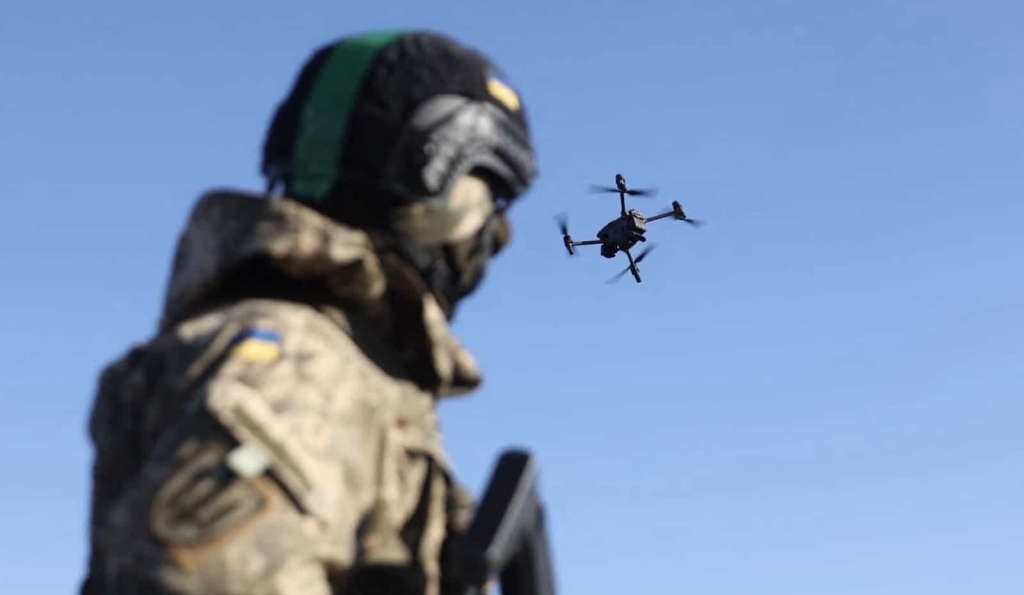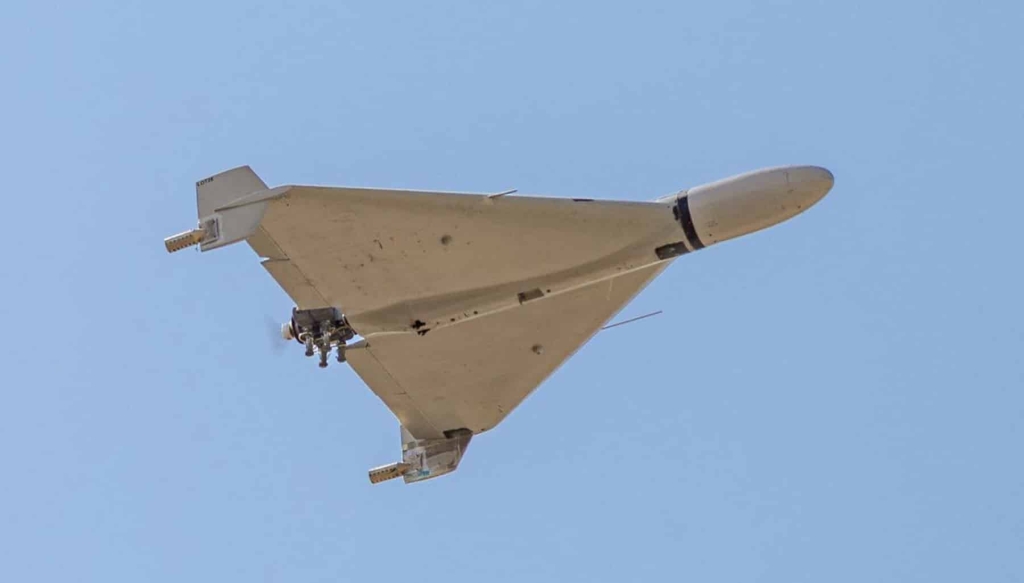EU’s Anti-Drone Defense Plan Stalls As France And Germany Block ‘Drone Wall’ Initiative Despite Russian Incursions

The European Union’s ambitious plan to build a continent-wide anti-drone defense system is hitting major political turbulence, with Germany and France blocking progress despite urgent security threats from repeated Russian drone incursions across NATO airspace. The project, originally pitched as a “drone wall” to protect the EU’s eastern border, has been rebranded as the “European Drone Defence Initiative” but faces billions in costs and fierce debates over who controls it, reports Reuters.
The urgency became undeniable on September 9 when approximately 20 Russian drones penetrated Polish airspace during a massive attack on Ukraine, marking the first time NATO forces shot down Russian assets since Moscow’s 2022 invasion. European Commission President Ursula von der Leyen quickly endorsed building a comprehensive anti-drone network, but the proposal has since exposed deep fractures in European defense cooperation.
Political Power Struggle Threatens Progress
Germany’s Chancellor Friedrich Merz and France’s President Emmanuel Macron have resisted the Commission’s coordination role, preferring to maintain national control over major defense projects. At an EU summit in Copenhagen last month, Macron dismissed the drone wall concept as “more sophisticated, more complex” than suggested.
The Commission has broadened the original eastern-border concept into a pan-European network to win support from southern and western states who felt excluded. But without consensus from major EU powers, the initiative struggles to secure dedicated funding beyond existing €150 billion ($159 billion USD) defense loan programs.

Technical Reality Check: Billions Needed, Constant Updates Required
The proposed system would integrate radars, jammers, interceptor drones, and AI-powered detection tools across Europe’s borders. But experts warn the costs are staggering. EU Defence Commissioner Andrius Kubilius highlighted the economic challenge: “A 10,000-euro drone shot down with a million-euro missile – that’s not sustainable.”
Geopolitical consultancy RANE estimates the project could generate billions of euros in orders for defense contractors. Companies like Germany’s Helsing and Rheinmetall, along with Nordic Air Defence and Estonia’s Marduk Technologies, are positioning for contracts.
The technical challenges extend beyond hardware. Matteo Ilardo, RANE’s lead Europe analyst, cautioned that “the path to realisation remains long and fraught with constraints” regarding cost, scale, and cross-border integration. Drone warfare evolves rapidly, with each side adapting to counter the other’s innovations within months.
Ukrainian Expertise Proves Critical
Ukraine‘s battlefield experience has become central to European planning. Taras Tymochko, a specialist at Ukrainian charity Come Back Alive, described drone warfare as “a story of ‘counteraction against counteraction.’” When Ukrainian forces first deployed interceptor drones that destroyed Russian Shaheds in early 2025, Russia responded within four months by increasing Shahed speeds from 106 mph to over 149 mph (170 to 240+ kph). Ukrainian interceptors now need to fly 19-31 mph (30-50 kph) faster than enemy drones just to keep pace.
Leet Rauno Lember, chief operating officer of Estonia’s Marduk Technologies, emphasized the complexity: “We need to have a layered system that is able to detect, classify, engage and eliminate the target.”
DroneXL’s Take
The political paralysis over the drone wall exposes a dangerous gap between Europe’s security needs and its ability to act. While bureaucrats in Brussels, Berlin, and Paris argue over control and funding mechanisms, Russian drones continue probing NATO airspace monthly. September’s Polish incursion wasn’t a one-off—Denmark’s airports shut down multiple times later that month due to sophisticated drone operations.
The absurdity is that Europe’s best defense expertise isn’t coming from legacy defense contractors but from Ukraine, which has been fighting this exact war for nearly four years. Ukrainian operators have learned hard lessons about counter-drone tactics that Western militaries are only now beginning to understand. The UK’s Project OCTOPUS is already mass-producing Ukrainian-designed interceptor drones at a fraction of Western contractor costs—proof that the technology works when you prioritize battlefield results over political turf wars.
Germany and France’s resistance to EU coordination looks increasingly foolish when Russian drones are literally flying over their neighbors’ capitals. The economics are clear: you can’t defend against $10,000 drones with $1 million Patriots indefinitely. Europe needs the integrated, AI-powered, rapidly-updating system that Ukraine has been building under fire—and it needs to deploy it yesterday, not in 2027.
What do you think? Share your thoughts in the comments below.
